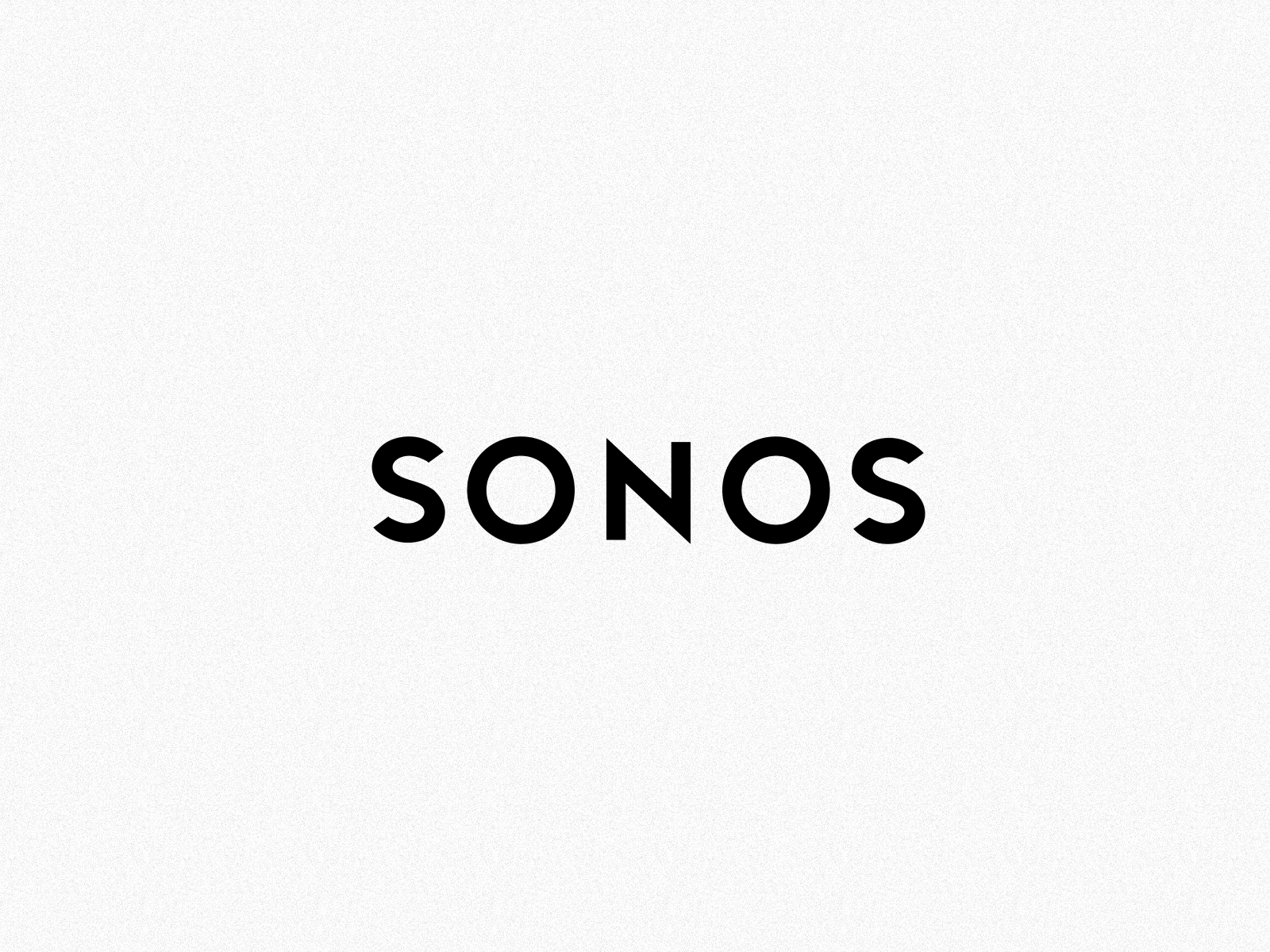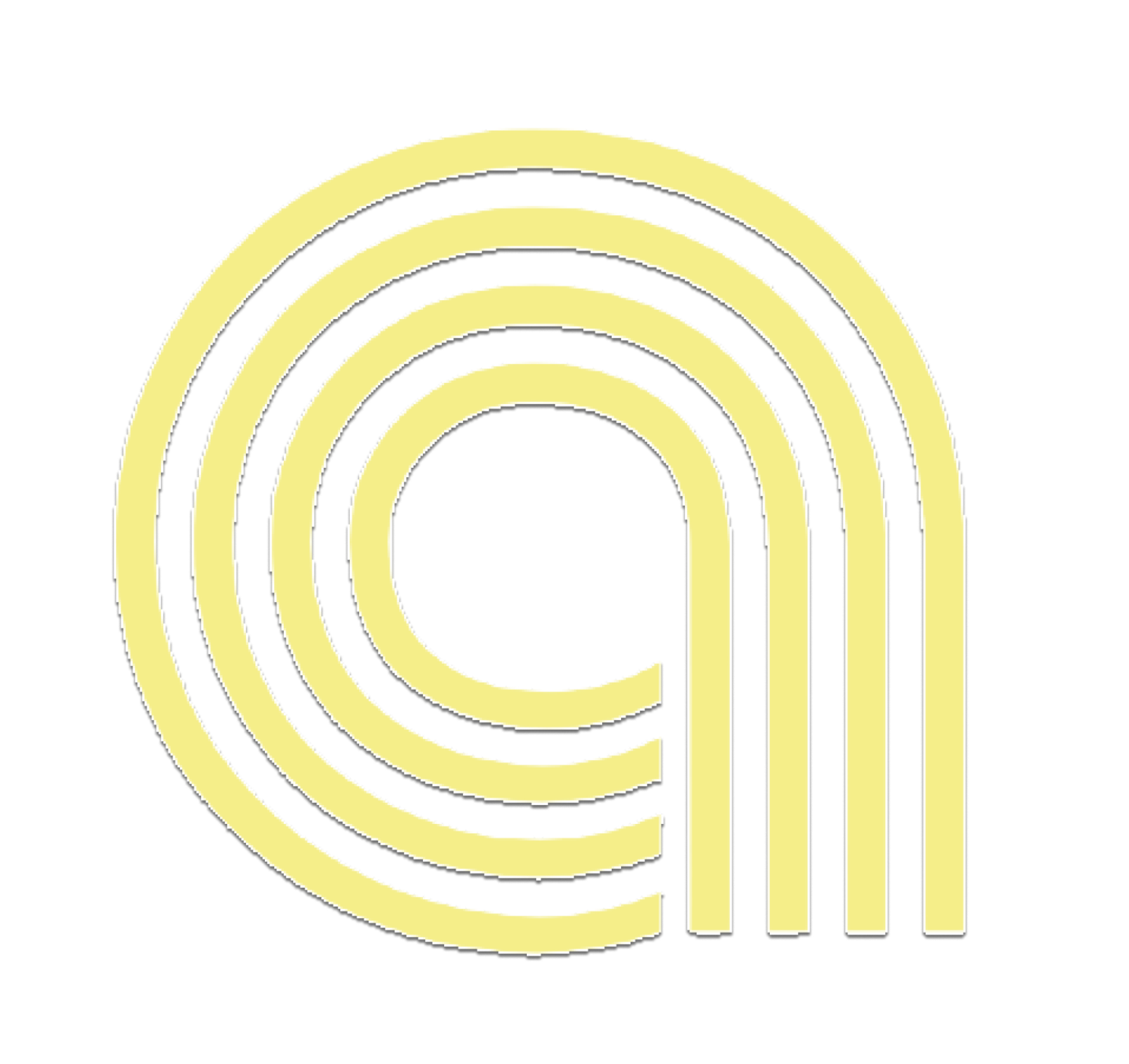
Curating seamless software experiences for professional spaces.
Overview.
Over the course of my 12 week UX Design Internship with the Sonos Professional Team, I had the opportunity to touch 3 projects in various areas of design:
Working at the intersection of design and development
Working on an exploratory project with no technical bounds
Working on instructional design and product setup
Weeks 1-4: Design and Development
Project Space.
For my first four weeks, I engaged in a project with the goal of designing a feature for software that offers transparency to business owners about the status of their products. The project had technical limitations and requirements and is currently in the process of being developed.
Design Explorations.
I spent a couple weeks iterating on multiple designs, exploring and experimenting with new treatments to see which conveyed the information in a clear and efficient way, and which ones were also stylistically congruent to other software experiences within the Sonos ecosystem.
Cross-Functional Teamwork.
To achieve the final product, there was a lot of cross-functional teamwork involved that worked in a symbiotic format:
I first worked with product management to understand the scope of the project as well as understand the specifications and requirements my designs would need to fulfill.
I utilized insights gathered from user research to fuel the design decisions and explorations, helping to align with users’ current mental models.
I worked with design systems to maintain UI consistency across all Sonos software experiences.
I worked with UX Designers, showing them prototypes to get feedback and to also talk through use cases.
I worked with the development team to understand both the feasibility of my designs and the technical requirements of implementing them. They helped to understand edge cases that may ensue and to determine how technical limitations may impact the interface.
Creating Spec Documentation.
After obtaining approval for my designs from both the design and development teams, I created a spec document noting down hex codes, spacing, dividers, font type and sizes, and icon types to ensure that the feature could be easily implemented into code. A spec document serves as a design to development liaison and should be made with simplicity in mind in order to ensure understanding from both developers and other designers.
Weeks 5-8: Exploratory Project
Project space.
For the next four weeks, I engaged in an exploratory project with the goal of designing a way in which businesses can frictionlessly discover music and curate content for their professional spaces. This project included conducting market research, investigating the role music can play in professional spaces, creating journey maps for key stakeholders, doing design explorations, and creating final interactive prototypes.
Why this problem matters.
Music in the consumer world differs greatly from how it is used in businesses and professional spaces. Music plays an integral and pivotal role in extending a business’s brand identity, creating a positive customer experience, and influencing customer and employee behavior. There is also correlation between music and sales revenue, further showcasing the importance of choosing the right music for a business.
Music in businesses has been proven to...
help drive sales, keep customers in stores for longer, motivate customers —like music in gyms and fitness classes— create an ambiance—music in restaurants or cafes, retail spaces— it can create private spaces by blocking out any extraneous and external noises, it can help differentiate a brand, and in a world with lots of businesses, this can be crucial, it can set shoppers’ pace through the music tempo, and it can help reduce wait times by making it seem as though time is going faster than it is.
Market Research.
To kick-off the research and discovery phase of the project, I conducted a market analysis, looking at other music services and also some analogous businesses that curate and recommend content to users.
Through the market research, I had the goal of learning how these services onboard users, how they handle searching and browsing, and how they dynamically update content based on user interactions.
Creating Journey Maps.
Following market research and getting a better understanding of the problem space, I created some personas and journey maps for key stakeholders who may interact with this feature, who may need to conduct searching and browsing and content curation, and who are also affected by music in businesses. I created in-depth journey maps, noting down emotions, actions, rationales, and potential opportunity areas.
Onboarding Questionnaire.
Following the creation of the journey maps, and better understanding major stakeholders and their goals, I started to draft an onboarding quiz that can be used to learn about a business and subsequently recommend curated content. I wanted to keep the onboarding quiz as concise as possible while also making sure to touch on brand, time, customer base, and space. I created a draft of the quiz on Google Forms and then thought about how to represent it within the interface.
Interface Exploration.
After finalizing the prototype for the onboarding quiz, I did some explorations on the landing page that users would see directly after taking the quiz. I wanted to explore how to marry the trust, transparency, and confidence that is needed for a content management platform with the excitement, joy, and the buzz that arises when browsing and finding new content you like.
Weeks 9-12: Instructional Design
Project Space.
In the last four weeks, I engaged in a project with the goal of increasing awareness of a feature by implementing the experience within the current product set-up journey in an elegant, signature and premium way.
Reviewing Existing Specs.
Before jumping in to any design work, I spent some time understanding the problem space by reviewing existing specs of the old experience, looking at all the edge cases that could occur.
Creating Happy Paths.
After reviewing previous documentation, I started by creating the happy paths for the three configurations . Happy paths are just the flows that occur when everything goes exactly to plan.
There were existing configuration flows that I built the new experience within in order for consistency, but also in order to increase awareness. I played around with haptics and audio to create a more robust and engaged user experience.
I then reviewed the happy paths with UX and PM to understand if the high level direction was enough contextual awareness in the experience.
Spec Creation.
I then started to create the spec, which is a comprehensive document showing the various use cases that may occur and how to recover from errors.
After creating the initial flows, I reviewed copy with the content strategy team, I collaborated with design systems on creating assets, and then I reviewed the draft spec with the development team to get feedback on the technical limitations.
What I Learned.
Here are my six major takeaways from my 12 week experience:
The importance of creating clear and comprehensive spec documentation for efficient hand-off between UX and development teams.
The importance of cross-functional teams and how it is imperative to get feedback from every stakeholder group involved.
Using Figma effectively when designing in order to be more efficient.
Proactively determine use cases and in order to accommodate for them within my designs.
In order to create a robust and delightful product setup experiences, it is important to think through interactions and utilize instructional design.
Learned how to effectively present my work to various stakeholders and feel more confident in explaining my design rationale.











